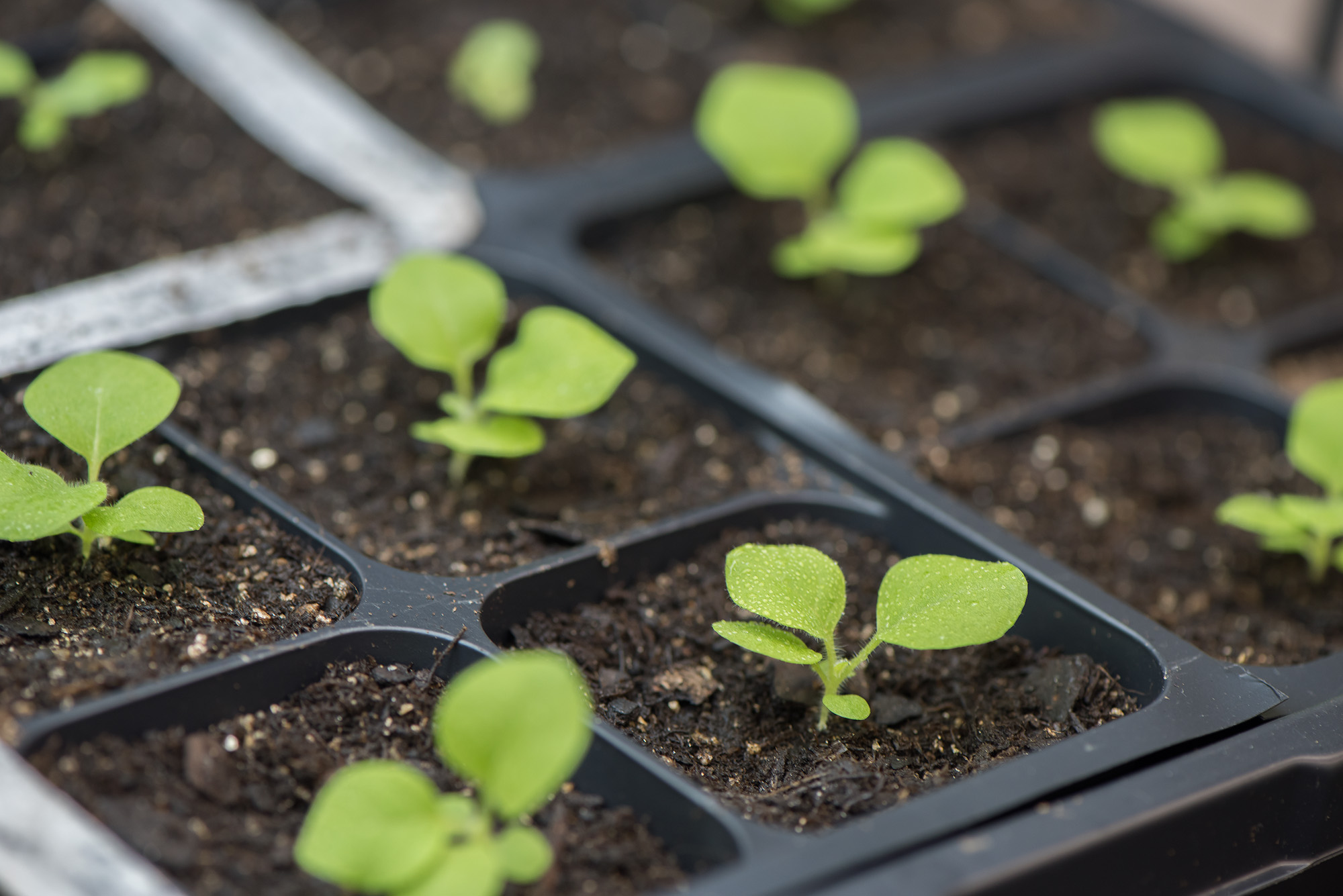Bone marrow plasma cells are a primary source of serum HIV-1-specific antibodies in chronically infected individuals.
Montezuma-Rusca JM, Moir S, Kardava L, Buckner CM, Louie A, Kim LJ, Santich BH, Wang W, Fankuchen OR, Diaz G, et al. 2015. Bone marrow plasma cells are a primary source of serum HIV-1-specific antibodies in chronically infected individuals. Journal of immunology (Baltimore, Md. : 1950) 194(6): 2561-8. DOI: 10.4049/jimmunol.1402424


